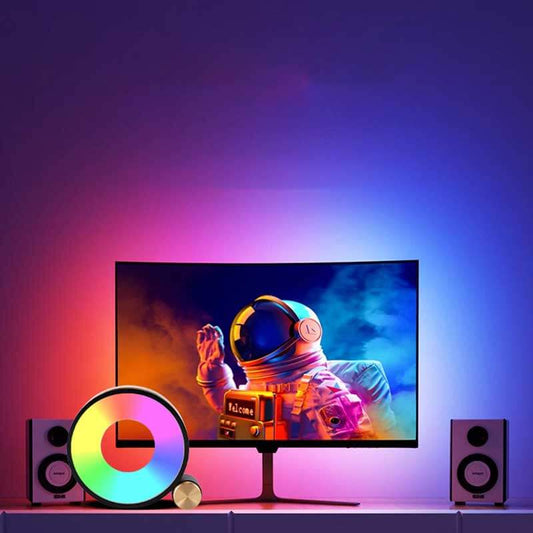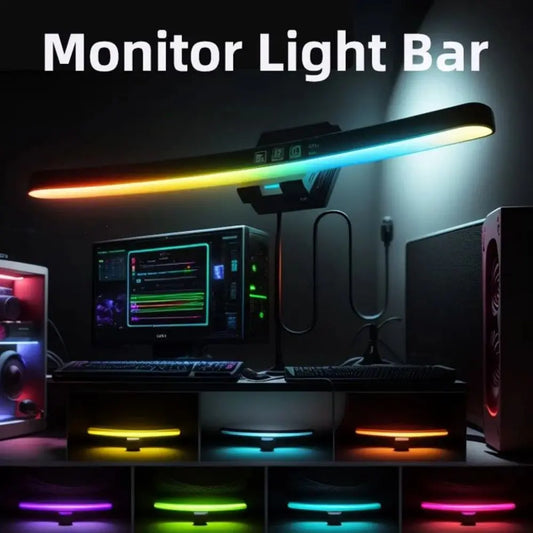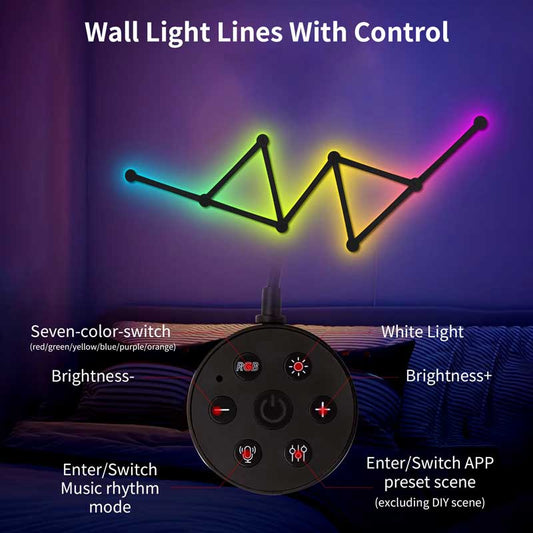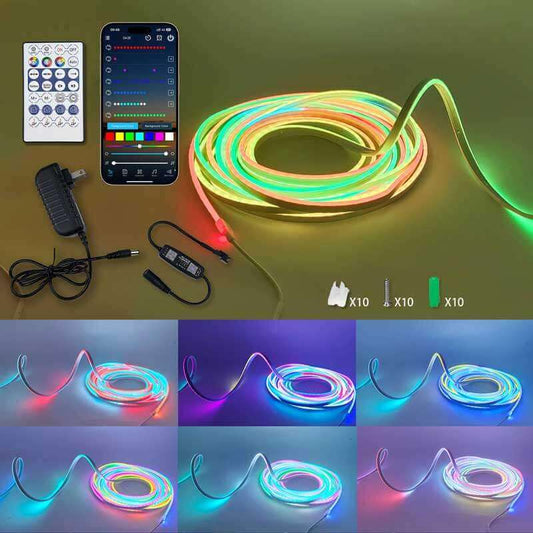What is a good substitute for a grow light?
Share
If you're looking for a substitute for a grow light to help your plants thrive without the need for traditional grow lights, there are several alternatives that can provide adequate lighting for plants, especially in areas with limited natural light. Here are some options:
1. Natural Light (With Reflectors)
- Substitute: Maximizing natural light is one of the best substitutes for artificial grow lights.
- How it works: Place plants near south-facing windows or areas that receive the most sunlight during the day. Use reflective materials (e.g., white walls, mirrors, or aluminum foil) to bounce light onto plants. You can also use sheer curtains to filter light, preventing it from being too harsh.
- Advantages: Free, eco-friendly, and natural.
- Limitations: Not always available, especially in winter or in homes with less natural light.
2. Fluorescent Lights
- Substitute: Fluorescent bulbs or CFL (Compact Fluorescent Lamp) bulbs.
- How it works: Fluorescent lights emit a cool, broad-spectrum light that is suitable for most plants. T5 fluorescent tubes are the most efficient option. These bulbs can be placed above or beside plants and are commonly used for seedlings or low-light plants.
- Advantages: Relatively inexpensive, energy-efficient, and effective for a variety of plants.
- Limitations: Not as powerful as specialized grow lights; may not be suitable for plants that require intense light, like certain vegetables or fruiting plants.
3. LED Light Bulbs
- Substitute: LED light bulbs or LED light strips.
- How it works: Full-spectrum LED bulbs are an excellent substitute for grow lights. They provide light in the spectrum plants need for photosynthesis and are highly energy-efficient. Many LED bulbs are designed specifically for indoor plant growth and can be used for everything from succulents to herbs.
- Advantages: Long lifespan, energy-efficient, emits little heat, and customizable in terms of light intensity and spectrum.
- Limitations: Initial cost might be higher, but they save money over time due to low energy consumption.
4. Incandescent Bulbs (Not Recommended for Long-Term)
- Substitute: Regular incandescent bulbs can work in a pinch but are not the best long-term solution.
- How it works: Incandescent bulbs emit a warm light, but the spectrum is not ideal for plant growth. They also produce a lot of heat, which can be damaging to plants if they are too close.
- Advantages: Readily available and cheap.
- Limitations: Inefficient, short lifespan, and can overheat plants. Not ideal for long-term use.
5. Halogen Bulbs
- Substitute: Halogen bulbs are a more efficient version of incandescent lights.
- How it works: Halogen bulbs emit a bright white light, closer to the natural sunlight spectrum, and are often used for foliage plants. They also generate a lot of heat, so it’s important to use them carefully.
- Advantages: Brighter than standard incandescent bulbs and can be useful for specific plants that need moderate light.
- Limitations: Like incandescent, they produce a lot of heat, which can stress plants over time.
6. Sunlight Simulation Bulbs
- Substitute: Daylight bulbs or sunlight simulation bulbs.
- How it works: These bulbs are designed to mimic the natural sunlight spectrum and can be used in areas where natural light is insufficient. They’re ideal for plants that need full-spectrum light for photosynthesis.
- Advantages: Similar to sunlight, good for low-light plants, inexpensive.
- Limitations: May not provide the full intensity of light that a grow light would, especially for plants needing high light levels.
7. DIY Reflective Grow Setup
- Substitute: Create your own DIY lighting system using affordable items like reflective foil, mirrors, and regular lights.
- How it works: Place cheap LED or fluorescent lights in combination with reflective surfaces to create a low-cost alternative to grow lights. By reflecting light onto your plants, you can increase the overall light intensity.
- Advantages: Low cost, customizable, and effective in small spaces.
- Limitations: Requires more setup and management, and may not be suitable for all plant types.
Additional Tips for Choosing Lighting
When selecting an alternative to grow lights, it's important to consider:
- Light Spectrum: Look for bulbs that mimic natural sunlight, especially if you're growing plants that require more light, such as vegetables or flowering plants.
- Light Duration: Most plants need at least 12–16 hours of light per day for healthy growth, so you’ll need to ensure your chosen lighting provides adequate coverage.
- Energy Efficiency: LEDs and fluorescent lights are the most energy-efficient options and will save you money in the long term.
- Plant Type: Not all plants have the same lighting needs. Succulents need bright light, while ferns or houseplants might only require low-to-medium light.
Conclusion
While grow lights are the most effective for indoor plant care, alternatives like fluorescent lights, LED bulbs, and natural light can also provide enough illumination for your plants. Choosing the right substitute depends on your plant's needs, your budget, and the space you have available. For consistent growth, full-spectrum LEDs or fluorescent bulbs are highly recommended as they mimic natural sunlight and are energy-efficient.




